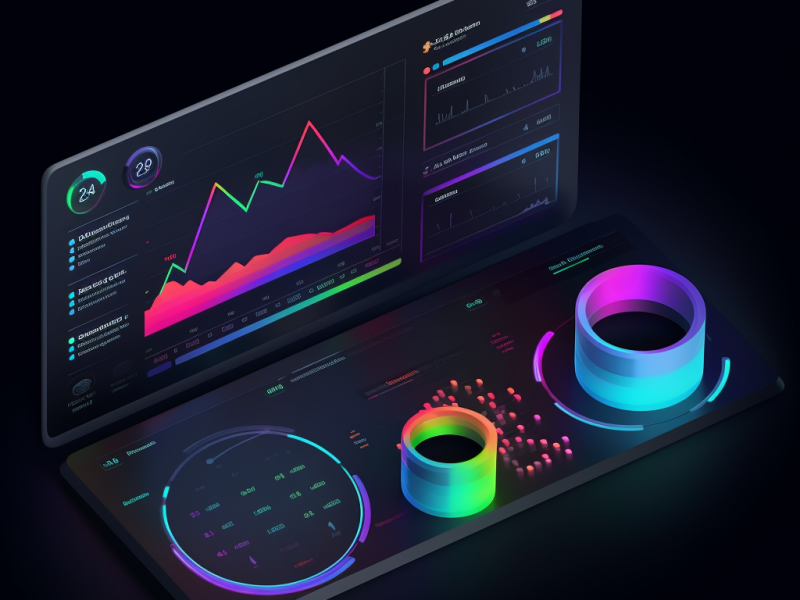Introduction to SaaS and Microservices
Software as a Service (SaaS) represents a paradigm shift in software delivery and consumption. Unlike traditional software that requires installation on individual machines, SaaS applications are hosted on remote servers and accessed via the internet. This model offers numerous advantages, including lower upfront costs, scalability, and accessibility from any device with an internet connection.
Microservices architecture, on the other hand, is an approach to software development where a large application is built as a suite of modular services. Each service is independently deployable, scalable, and responsible for a specific piece of functionality. This architectural style contrasts with the monolithic approach, where all components and services are tightly coupled and run as a single unit. Microservices enable better fault isolation, easier scalability, and improved agility in development and deployment.
Overview of Go (Golang)
Go, often referred to as Golang, is an open-source programming language developed by Google. Designed for simplicity and efficiency, Go combines the performance and security benefits of a compiled language with the ease of use of a dynamically typed language. Its syntax is clean and concise, making it easy to learn and write.
One of Go’s standout features is its robust concurrency model, powered by goroutines and channels. This model enables developers to write highly concurrent and parallel applications with ease. Go’s standard library is also rich and well-documented, providing a comprehensive set of tools for building robust applications.
Benefits of Using Go for SaaS
Using Go for SaaS applications offers several benefits:
- Performance: Go is renowned for its performance. Its compiled nature and efficient memory management result in fast execution times, which are crucial for high-performing SaaS applications.
- Scalability: Go’s concurrency model allows developers to efficiently manage thousands of concurrent connections, making it ideal for scalable SaaS applications.
- Simplicity: The language’s simplicity reduces the cognitive load on developers, leading to improved productivity and fewer bugs.
- Reliability: Go’s strong typing and garbage collection mechanisms enhance the reliability and stability of applications.
Microservices Architecture
Microservices architecture is a design pattern that structures an application as a collection of loosely coupled services. Each service is focused on a single business capability and can be developed, deployed, and scaled independently.
Key characteristics of microservices architecture include:
- Decentralization: Services are developed and deployed independently, allowing teams to work autonomously.
- Flexibility: Services can be written in different programming languages and use different data storage technologies.
- Resilience: Faults in one service do not directly affect other services, enhancing the overall resilience of the application.
- Scalability: Individual services can be scaled independently based on demand, optimizing resource utilization.
Performance Improvements with Go-Based Microservices
Implementing microservices using Go can lead to substantial performance improvements for SaaS applications. Go’s efficient concurrency model allows microservices to handle multiple requests simultaneously without significant overhead. This results in faster response times and better resource utilization.
Additionally, Go’s minimal runtime and efficient memory management contribute to reduced latency and increased throughput. These performance enhancements are particularly valuable for SaaS applications that require high availability and low response times.
Case Studies and Examples
Several organizations have successfully implemented Go-based microservices to boost their SaaS performance. For example, Dropbox transitioned from Python to Go for its performance-critical services, resulting in significant improvements in speed and efficiency. Similarly, Uber adopted Go for its high-throughput systems, benefiting from Go’s concurrency capabilities.
Best Practices for Implementation
When implementing Go-based microservices for SaaS, consider the following best practices:
- Service Design: Design services with clear boundaries and single responsibility to ensure maintainability and scalability.
- API Gateway: Use an API gateway to manage traffic between clients and microservices, providing features like load balancing, authentication, and rate limiting.
- Monitoring and Logging: Implement comprehensive monitoring and logging to gain insights into service performance and troubleshoot issues effectively.
- Containerization: Utilize containerization technologies like Docker to ensure consistent deployment environments and streamline the deployment process.
- Continuous Integration and Deployment: Implement CI/CD pipelines to automate testing and deployment, ensuring rapid and reliable releases.
Adopting Go-based microservices can significantly enhance the performance, scalability, and reliability of SaaS applications. By leveraging Go’s strengths and adhering to best practices, organizations can build robust, high-performing SaaS solutions that meet the demands of today’s competitive market. Contact us today to learn how Go-based microservices can transform your SaaS application’s performance, scalability, and reliability.

